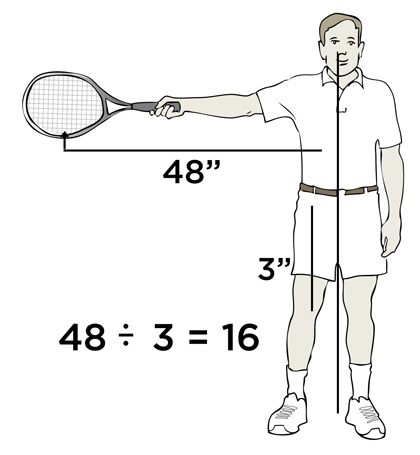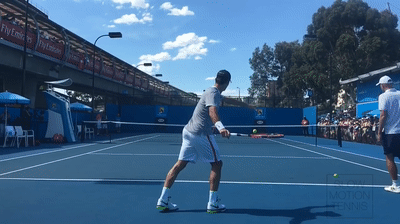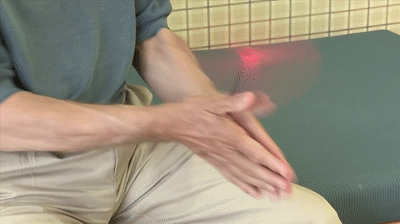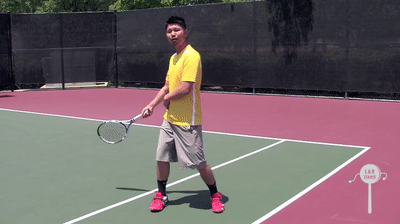Raul_SJ
G.O.A.T.
www.swing-speed.com

According to the above, one should focus on improving hip speed/strength to increase forehand racket head speed (power). It also seems to imply that knee bend contribution is relatively minimal.
Opinions on this?

Any increase in hip speed is multiplied 16X at the center of the racquet head
The distance of the hip joint to the center of rotation is 3 inches. The distance from the middle of your racquet head to the center of rotation is 48 inches. 48 ÷ 3 = 16.
Any increase in hip speed will be multiplied 16 times at the center of the racquet head. It is the easy, effortless way to substantially increase your racquet head speed...
There is no leverage in your arms. The leverage is all in your hips.
That's why, if you want to increase your racquet head speed, it makes more sense to increase the strength and speed of your hips than to increase the strength of your arms or legs.
There is no leverage in your arms or legs. Period.
The distance of the hip joint to the center of rotation is 3 inches. The distance from the middle of your racquet head to the center of rotation is 48 inches. 48 ÷ 3 = 16.
Any increase in hip speed will be multiplied 16 times at the center of the racquet head. It is the easy, effortless way to substantially increase your racquet head speed...
There is no leverage in your arms. The leverage is all in your hips.
That's why, if you want to increase your racquet head speed, it makes more sense to increase the strength and speed of your hips than to increase the strength of your arms or legs.
There is no leverage in your arms or legs. Period.
According to the above, one should focus on improving hip speed/strength to increase forehand racket head speed (power). It also seems to imply that knee bend contribution is relatively minimal.
Opinions on this?






